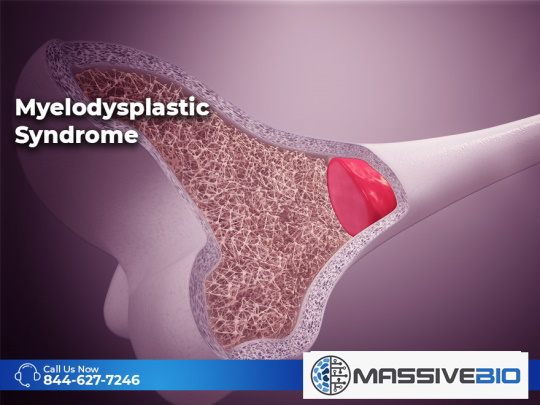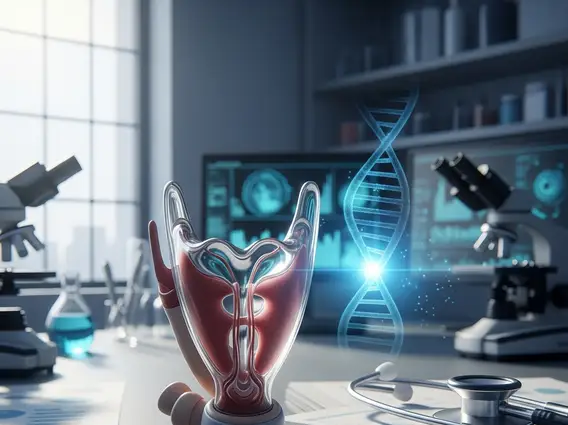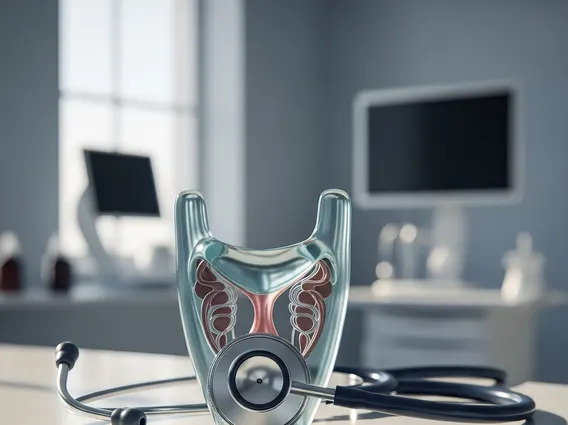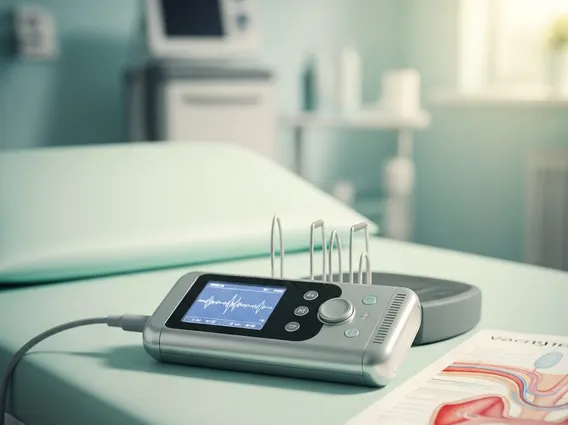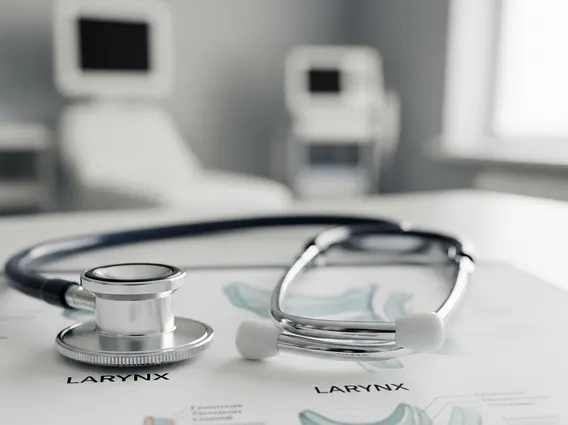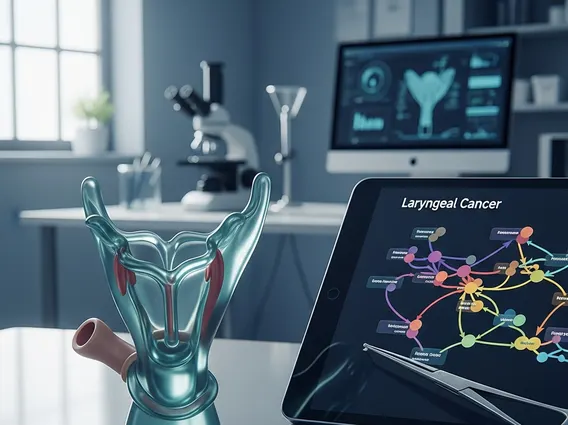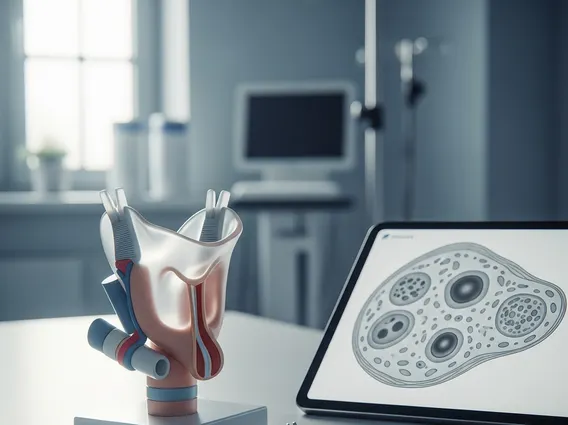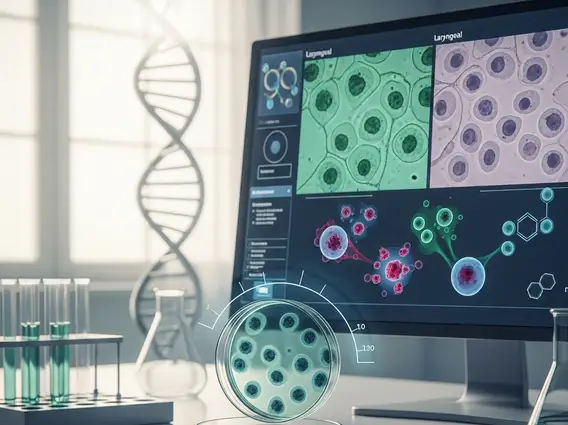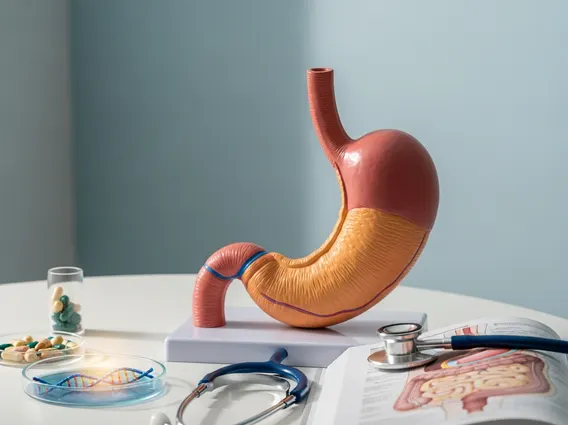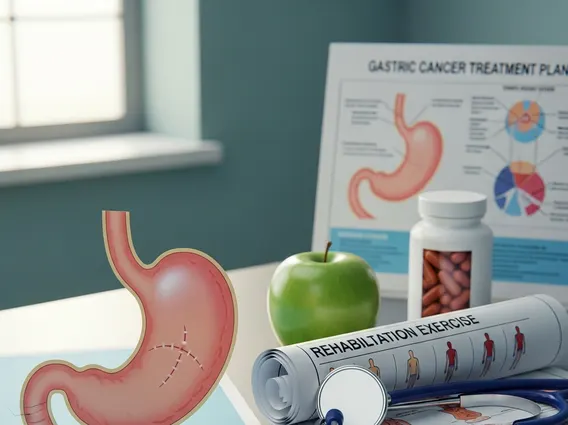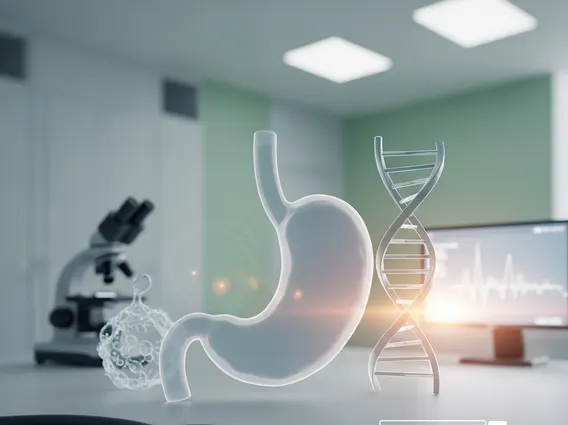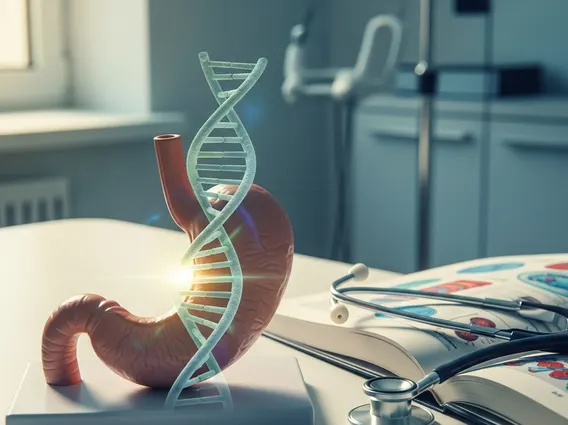Myelodysplastic syndrome (MDS) refers to a group of diverse bone marrow disorders in which the bone marrow does not produce enough healthy blood cell. People diagnosed with MDS can experience a range of symptoms including fatigue, shortness of breath, and unusual bleeding or bruising, due to the inefficacy of the marrow to produce mature, functional cells.
Myelodysplastic syndrome is characterized by its heterogeneity in terms of both clinical presentation and its pathophysiology. Diagnosis typically involves blood tests, bone marrow biopsies, and cytogenetic analysis to determine the specific subtype and severity of the disease. Treatments for MDS vary depending on the risk category of the disease, ranging from supportive care, which aims to manage symptoms, to more aggressive treatments like chemotherapy or bone marrow transplantation aimed at delaying or preventing the progression of the disease to leukemia.
Those who are already cancer patients are susceptible to developing Myelodysplastic Syndrome (MDS) for an extended period after taking chemotherapy drugs and radiation therapy. MDS is a group of bone marrow disorders caused when not enough healthy blood cells are produced. These specific cases that are developed from cancer treatment are labeled as Primary MDS. Secondary MDS is referred to when a patient develops MDS without receiving prior cancer treatment. Although all cases of MDS can develop into Leukemia, over time, Secondary MDS is known to develop the most rapidly of all subtypes.
Myelodysplastic Syndrome (MDS) is identified and diagnosed by carrying out blood tests and bone marrow tests. During the bone marrow test, the doctor passes a needle through your skin and into your bone, often the pelvic bone, drawing out a sample of your bone marrow into a syringe. This will be sent to a laboratory to be examined under a microscope. In the blood test, a complete blood count (CBC) is performed to show the number of normal blood cells and the number of irregular and immature cells you have. Each year, the variety of patients identified with MDS every year is growing, which will help doctors learn more about the causes and improve the treatment of MDS.
Certain genes that help cells grow, divide, and stay alive are called oncogenes. Some instances of Myelodysplastic syndrome (MDS) are linked to identified risk factors, but most often, the trigger is unknown. Your prognosis depends on many elements including those not associated to MDS, corresponding to your general health and age. Most patients with MDS are elderly and above the age of 65. Treatment selections are based on the International Prognostic Scoring System (IPSS-R).
Myelodysplastic Syndrome Symptoms
Patients with this condition, coded as myelodysplastic syndrome ICD 10 under medical classification systems, may experience symptoms resulting from anemia, infection, or bleeding. Common signs include fatigue, weakness, and shortness of breath, which often stem from the decreased ability of the bone marrow and blood to maintain healthy red blood cell levels.
The presence of ring sideroblasts, which are erythroid precursors with iron-loaded mitochondria visible around the nucleus, is a key diagnostic feature in certain types of MDS. This finding is crucial as it can influence the treatment approach. Many patients require blood transfusions as part of their management to combat severe anemia. In MDS, the bone marrow’s failure to produce adequate and functional cells in the bone exacerbates an individual’s inability to fight infection and maintain healthy blood counts.
Types of MDS vary, with each type presenting different prognoses and challenges. From the less aggressive forms, which might be monitored without immediate treatment, to more severe forms, which can progress to MDS cancer or myelodysplasia, a more aggressive decline in marrow function is seen. The term MDS medical abbreviation is commonly used in clinical settings to refer to these syndromes collectively.
How is Myelodysplastic Syndrome Treated?
A stem cell transplant is considered the only method to cure MDS. Unfortunately, this treatment option is not suitable for all patients. First, the patient will receive chemotherapy or radiation therapy in order to break down their own bone marrow before receiving stem cells from a donor. A chemotherapy regimen, or schedule, normally consists of a specific number of cycles given over a set time period.
Following the initial preparation through chemotherapy or radiation, the patient undergoes the stem cell transplant, which is a critical component of MDS treatment. This procedure replenishes the bone marrow with healthy cells that can produce blood cells which efficiently carries oxygen and perform other vital functions. The success of this treatment can significantly impact the life expectancy of patients, offering them a potential return to normal life spans. However, the effectiveness and suitability of the transplant vary among the different types of myelodysplastic syndromes, as each type responds differently to transplantation and associated therapies. Thus, the decision to proceed with a stem cell transplant must be carefully considered by a team of specialized healthcare providers in consultation with the patient.
The main challenges with a stem cell transplant is the patients typically must be in good health other than their MDS and finding a donor that is suitable for them. Relatives are the ideal candidates, but close relatives like brothers and sisters will have the highest likelihood of matching the patient’s stem cells in order to perform the transplant. The transplant itself can take as little as a few days or up to a few weeks for the stem cells to begin making healthy new blood cells. Patients are susceptible to infection so antibiotics can be administered by the doctor after the transplant.
Some clinical trials are looking at combining cancer medicine and drugs for MDS patients. With an estimated 10,000 cases per year in the United States, MDS is rare. However, there are currently over 250 clinical trials that are active and recruiting patients in the United States. Many of the trials are aimed at managing MDS and its side effects. Some of the drugs that are currently being studied in clinical trials for MDS patients include:
- Quizartinib
- Azacitidine
- Decitabine
- MBG453
- BCT-100
The complexity of treating Myelodysplastic Syndrome (MDS) is reflected in the variety of drugs currently under study in clinical trials, such as Quizartinib and Azacitidine. These drugs are part of a broader effort to improve outcomes for patients who are at risk of progressing to acute myeloid leukemia, a potential severe complication of MDS. Researchers are also examining the pathology outlines of MDS to better understand its progression and response to new therapies. The trials are classified under ICD-10 codes that specify MDS, helping to streamline the research and treatment protocols for this rare but serious condition.
You can help cut back your threat of MDS and other cancers by making health-conscious decisions like maintaining a healthy diet, staying active and not smoking. It’s also important to observe the recommended screening guidelines, which might help detect MDS or other cancers early.
